Topics:
Never Miss a Beat - Get Updates Direct to Your Inbox
FILTER:


How No-Code Platforms Can Streamline Your Development Efforts
By Quiet Light
There are a lot of hurdles you need to overcome when building an online business, but becoming a master programmer doesn’t necessarily need to be one of them. In many cases, no-code platforms can dramatically streamline your development efforts, allowing you to focus your time and resources on the activities that matter most.
In this article, we address several important topics relating to no-code development, including:
- What it is
- How it works
- The benefits and drawbacks of no-code development
- How to leverage no-code platforms to scale your business


What Is No-Code Development?
No-code development allows individuals to quickly build software, apps, and websites without needing to write code. This dramatically reduces the skill set required to build these assets, thereby making the process more accessible to non-developers.
Instead of requiring coding skills, no-code development utilizes a graphical interface that allows users to drag and drop various elements to build applications and web pages. In other words, no-code development enables users to create pages visually rather than by using programming languages such as HTML5, Javascript, or CCS, which entail obvious technical hurdles for non-programmers.
“Instead of requiring coding skills, no-code development utilizes a graphical interface that allows users to drag and drop various elements to build applications and web pages.”
By dramatically simplifying the process, business owners and non-programmer employees can create many apps and web pages that previously required a skilled programmer.


No-Code Vs. Low-Code Platforms
Low-code development is another option that strikes a balance between the ease of no-code development and the functionality of traditional development.
While some no-code platforms require zero coding skills or knowledge, low code platforms allow users to add some amount of code. This enables a novice software developer (a.k.a “citizen developer””) to add some amount of custom code to make simple customizations. However, the coding functionality on a low code development platform is typically far more limited than what software engineers are used to.
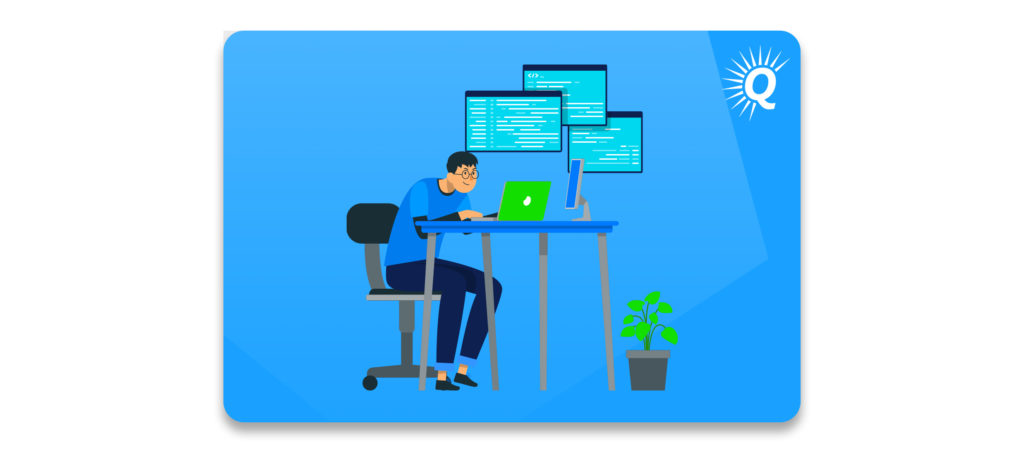

It’s important to note that you should consider low-code and no-code platforms on a spectrum. In other words, just because two platforms are both considered “low-code” does not mean that they offer the same exact customizability. Therefore, SaaS businesses that choose low code platforms should do their research to ensure they pick a development platform that strikes the right balance between simplicity and customization potential.
“While some no-code platforms require zero coding skills or knowledge, low-code platforms allow users to add some amount of code.”
How No-Code Platforms Work
Despite the term, no-code software development actually involves a lot of coding. However, users aren’t able to see the code, which creates the appearance of a “codeless” development process.
As mentioned, in no-code and low code development users design apps and web pages through a graphical interface using drag and drop functionality. When a user makes an edit, the no-code or low code platform uses encapsulation and data abstraction to execute the corresponding coding process.


For example, let’s say that a business user builds an app that requires a specific feature. Traditionally, this would require a professional developer to create custom code. However, with a no-code app development platform, a non-programmer can create the same feature simply by using the platform’s graphical interface. The no-code platform will automatically perform the necessary coding to bring the user’s intended design to fruition.
No-code development allows business owners to easily design website pages and features. This can make it a helpful tool for increasing website value.
Benefits and Challenges of No-Code Software Development
Like most decisions, there are both pros and cons of choosing a no code development platform. Some of the primary benefits that no-code software development offers include:
- Ease of use
- Minimal training requirements
- Faster development
- Lower development costs
- Reduced IT headaches
- Greater accessibility for small businesses and non-programmers
Buy a Profitable Online Business
Outsmart the startup game and check out our listings. You can request a summary on any business without any further obligation.
Ease of Use
Since no-code development eliminates the need for coding skill, it enables non-programmers to create many of the same applications and websites that would otherwise require advanced development knowledge.
The intuitive functionality of no-code platforms makes it possible for almost anyone to create their own website or app. This enables a diverse range of creative individuals to turn their ideas into reality, even if they don’t have advanced technical skills. With greater access to the means of app and web development, comes more solutions and creative expression.
“The intuitive functionality of no-code platforms makes it possible for almost anyone to create their own website or app.”
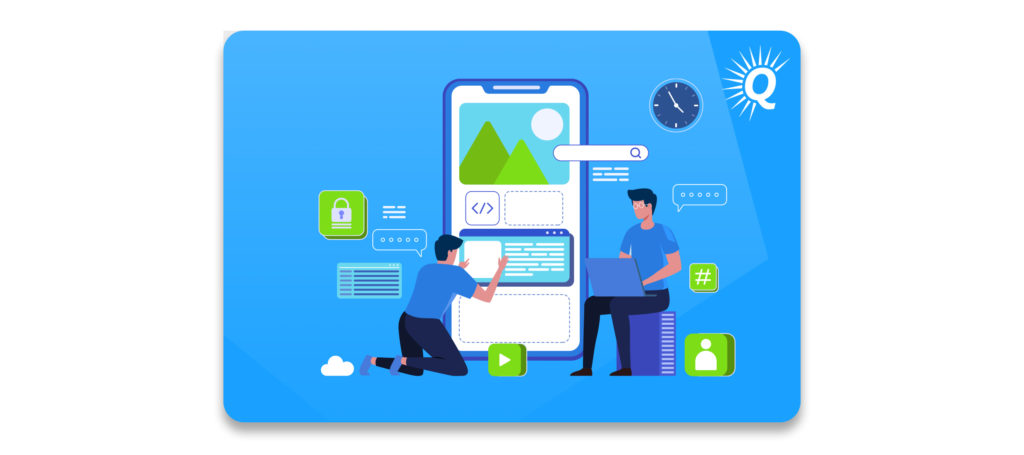

Minimal Training Requirements
The ease of use of no-code development is also accompanied by minimal training requirements. Instead of needing to invest in advanced programming skills, individuals and businesses can instead use no-code platforms that offer short learning curves.
For businesses, this means that employees can be training in hours or days rather than months or years. This allows website or app creation to be a part-time hobby for individuals instead of a significant personal investment. Because there’s no shortage of tutorials and ‘how-to’ guides, training is often free.
Faster Development
The ease of use that no-code development offers often allows individuals and teams to develop much faster. Instead of needing to consult skilled programmers and engage in lengthy back-and-forth communication to complete simple updates, business owners can instead perform many development tasks themselves.
“The ease of use that no-code development offers often allows individuals and teams to develop much faster.”
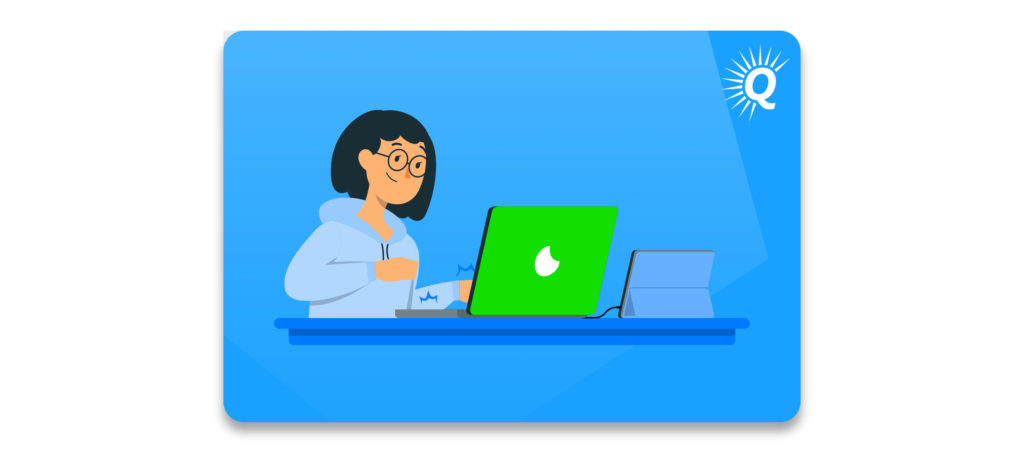

Lower Costs
By eliminating the need for programmers to complete all development tasks, businesses can significantly reduce their development costs. After all, most skilled programmers aren’t cheap.
In addition to saving money, no-code development can also enable a team’s programmers to focus their attention on other areas that drive greater value and productivity.
Reduced IT Headaches
Because no-code uses predefined development options, users are less likely to use unsupported tools which leads to IT issues. In other words, no-code development can minimize potential errors and confusion, some of which can even lead to security concerns.


Greater Accessibility
All of the benefits mentioned above lead to one additional benefit. No-code development allows more individuals and businesses to be creative.
No-code and low-code development broaden the development landscape by empowering non-programmers. Instead of needing to learn Python and get funding to build an app, industrious individuals can now get started on their own by using inexpensive platforms and free tutorials. This dramatically opens up the playing field to those who otherwise might not enter the development space.
The Downsides of No-Code Platforms
While no-code development has some amazing benefits, it’s not without its drawbacks. The primary ‘cons’ of no-code development include:
- Limited functionality
- Limited software application integration
- Inferior design outcomes in some cases


Limited Functionality
The ‘plug-and-play’ functionality that makes no-code and low-code platforms so user-friendly also creates limitations. While many no code tools allow users to easily create basic designs, they also don’t support more advanced customizations that many experienced developers desire. Sometimes, this is a major disadvantage for businesses focused on scaling.
Users who want to change fonts, colors, and basic layouts may have their needs met. However, if someone is seeking unique customization for their app or website, a no code tool or low code tool may not suffice.
As mentioned, some low-code platforms do allow users to apply some coding for added customization. Certain users may be satisfied with such options. On the other hand, more particular users may find no code development to be too limiting.
Limited Application Development
In addition to the limited functionality of no-code platforms, many of them are also limited in their ability to integrate with various business applications. Of course, this can be a barrier for developers who need to aggregate data from other sources.
In certain cases, low code software may have options for app integration. However, these can still be restrictive and typically require coding, which can defeat the purpose of the no-code development approach.
“In addition to the limited functionality of no-code platforms, many of them are also limited in their ability to integrate with various applications.”
Software businesses that have specific website or app requirements that use no-code development may end up with less-than-favorable outcomes. Since no-code platforms offer limited customization options, businesses will likely need to sacrifice many of the features they were initially going for. This can result in an application or website that doesn’t meet the original goals. For this reason, businesses should clearly define their project requirements before getting started, and then weigh those requirements against the functionality that various no-code platforms offer.


What Can You Build with No-Code Platforms?
No-code software should typically be avoided for complex development projects, but there are still plenty of other tasks for which it is perfectly acceptable. A few common uses of no-code development include:
- Web applications
- Mobile apps
- Business management tools
- Website development
Web Applications
Businesses can use no-code development to create a variety of web application options.
In Ecommerce, no-code development can help owners optimize product pages, streamline checkout processes, automate customer journeys, and SMS marketing integration. Since many platforms offer proven templates for such features, no-code solutions can be an excellent choice, especially for new businesses.
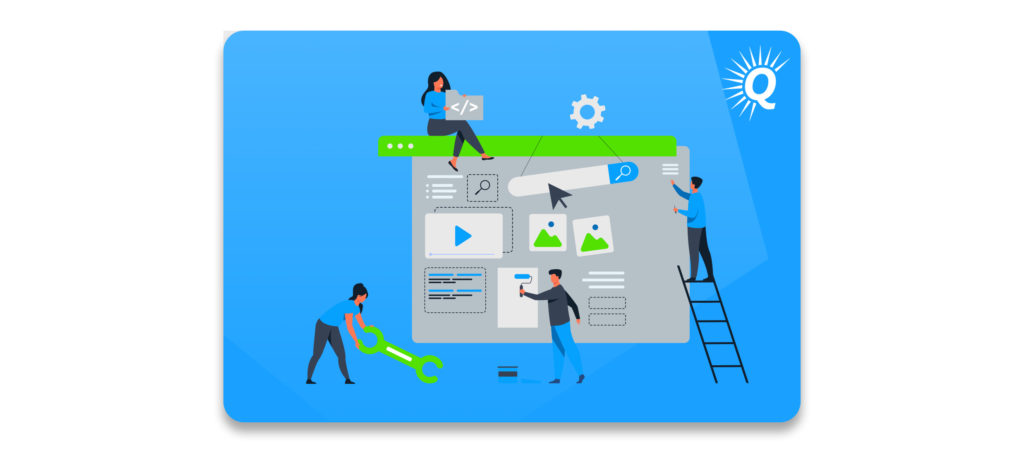

Mobile Apps
In today’s environment, everyone from personal development coaches, to event planners, to small online businesses seem to want their own mobile app. Some of these custom apps are customer or client-facing, while others are used by teams to manage internal processes. Not surprisingly, this has created significant demand for mobile app development solutions.
No-code app development is a great option for individuals and businesses that want to enjoy basic app features without needing to go through the hassle of coding.
Business Management Tools
No-code development can be used to create a variety of business management applications. These can relate to invoicing, accounting, workflow management, business process management, and documentation practices, among others.
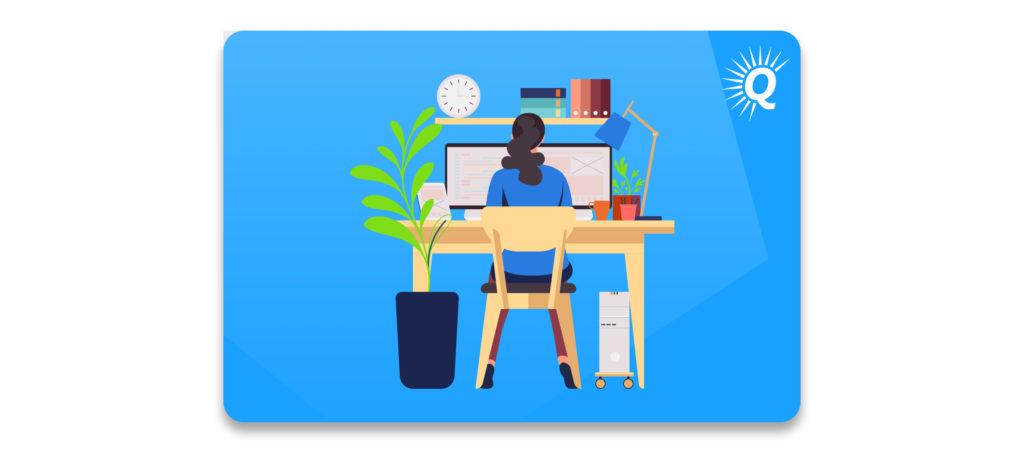

Website Development
No-code website builders allow individuals and businesses to easily create their own websites from scratch. By watching a few tutorials and dragging and dropping various design elements, single business owners can accomplish tasks that used to take an entire development team.
Most no-code website builders provide a variety of templates that cater to different industries. For example, a platform may offer selections for real estate firms, restaurants, Ecommerce sites, and personal portfolios. Once a template is selected, users can then choose further customizations including color schemes, fonts, and image layouts. Text and image fields can typically be moved around reformatted.
Although no-code website builders have many uses, their limited customization potential can make them ineffective in certain situations. Therefore, individuals and businesses with more specific development requirements may opt out of no-code solutions.
Given the clear benefits and disadvantages of no-code development, business owners should carefully consider which route is best for them to take. By defining development goals at the onset of a new project and doing thoughtful research, you’ll be one step closer to choosing the platform that is right for you.
Thinking of Selling Your Business?
Get a free, individually-tailored valuation and business-readiness assessment. Sell when you're ready. Not a minute before.





